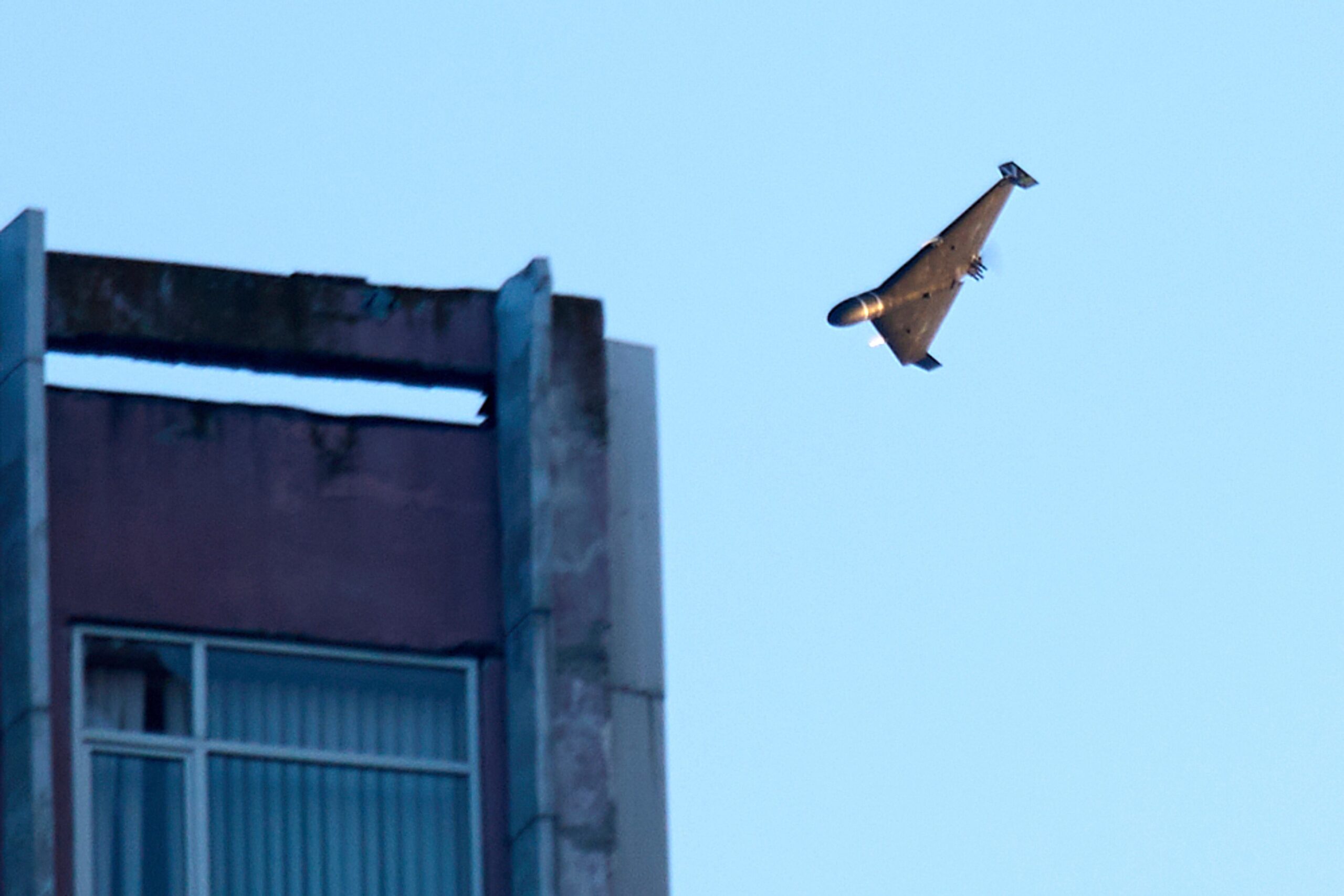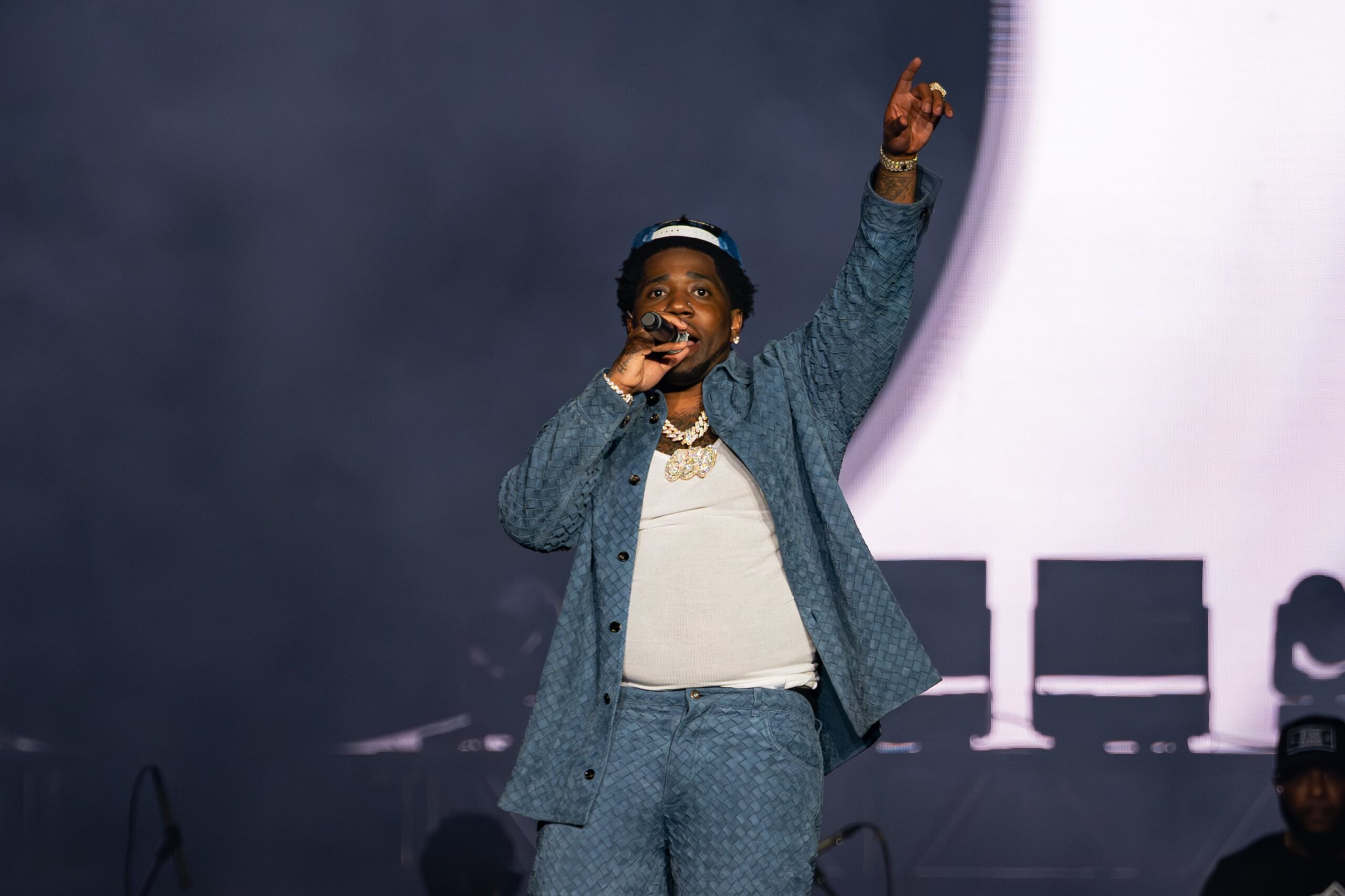The rise coincides with the deadline set by U.S. President Donald Trump for Russia to reach a ceasefire or face fresh penalties in early September. Moscow is expected to use this window of opportunity to cause Ukraine as much harm as possible.
Russia’s drone production has skyrocketed and seems to be continuing to expand. Russia has increased its domestic manufacture and improved the original design of Shahed drones, which it first imported from Iran at the beginning of the three and a half-year-old conflict.
According to the Russian Defense Ministry, the country is transforming its drone force into a distinct branch of the military. Additionally, a specialized facility for enhancing drone tactics and training pilots has been formed.
Fighting a war of drones
Russian military bloggers and Western analysts claim that Russian engineers modified the original Iranian Shahed to raise its altitude and make it more difficult to intercept. It can also carry strong thermobaric warheads and has been modified to be more resistant to jamming. Some are self-sufficient through the application of artificial intelligence.
The engines of the original Shahed and its Russian counterpart, Geran, sometimes known as geranium, can propel them at 180 kph (just over 110 mph). There are rumors that a faster jet variant is being developed.
Russia has been able to get over Western prohibitions on the purchase of electronics for drone manufacturing through cooperation with China, according to the Washington-based Institute for the Study of War. According to Ukraine’s military intelligence, China supplies up to 65% of the parts used by Russia in its Geran drones. Beijing denies the allegations.
An Alabuga factory in Tatarstan was the first place where Russia began producing Iranian drones. According to an Associated Press investigation, young African women who worked at the Alabuga factory claimed they were tricked into accepting positions there. Later, a plant in Udmurtia, west of the Ural Mountains, started producing geran. Drone assaults by Ukraine on both sites were unsuccessful in stopping production.
A report The Alabuga factory was referred to as the largest attack drone plant in the world on Sunday by state-run Zvezda TV.
It’s a drone war. Timur Shagivaleyev, the plant director, stated, “We are prepared for it.” He added that the company has its own training school and manufactures all parts, including engines and electronics.
In an assembly shop adorned with Soviet-style posters, hundreds of black Geran drones were piled, according to the report. One said, “Kurchatov, Korolyov, and Stalin live in your DNA,” and included pictures of Igor Kurchatov, the father of the Soviet nuclear bomb, Sergei Korolyov, the legendary head of the Soviet space program, and dictator Josef Stalin.
Shifting tactics and defenses
With improved tactics, the Russian military is increasingly utilizing decoy drones called “Gerbera” for a particular kind of daisy. They are designed to confound Ukrainian defenders and divert attention away from their more lethal twins, and they look a lot like the attack drones.
Russia aims to overwhelm Ukrainian air defenses by launching a large number of drones in a single attack. This will prevent Ukraine from launching more costly cruise and ballistic missiles, which Moscow frequently employs in conjunction with drones to strike targets such as air defense batteries, air bases, and critical infrastructure facilities.
The Russian military has learnt to concentrate on a small number of targets to maximize the impact, according to Mikhail Zvinchuk, a former press officer for the Russian Defense Ministry and owner of a well-known war blog. He said that the drones may zigzag past defenses and fly above Ukraine for hours.
According to another military blogger, Alexander Kots, the output of our defense industry enables large strikes almost every day without the need for pauses to gather the required resources. To make sure we hit the targets, we now punch with a fist in one location rather than spreading our fingers.
In order to avoid using costly air defense missiles provided by the West, Ukraine uses mobile squads equipped with machine guns as a low-cost response to the drones. Additionally, it has created interceptor drones and is attempting to increase production, but its defenses are being strained by the increasing frequency of Russian attacks.
How Russia affords all those drones
According to the Stockholm International Peace Research Institute, Russia’s military spending this year has increased 3.4% over 2024, or around $200 billion, despite international sanctions and an increasing economic burden. It stated that although fiscal challenges would worsen, the Kremlin can continue to spend at the current level.
Last year, the military received more than 1.5 million drones of all kinds, according to President Vladimir Putin.
Since the full-scale invasion started in 2022, Russia has launched over 28,000 Shahed and Geran drones, with 10% of that number shot last month alone, according to a study released this month by Frontelligence Insight, an open-source intelligence group located in Ukraine.
Ballistic and cruise missiles are more powerful and faster, but they are only accessible in small quantities and cost millions of dollars. A Geran drone is a fraction of the price of a ballistic missile, costing only tens of thousands of dollars.
The drones’ about 2,000-kilometer (1,240-mile) range enables them to get past some defenses, and their comparatively large explosives load of 40 kilograms (88 pounds) makes them an extremely powerful tool of what the Center for Strategic and International Studies refers to as a brutal attritional logic.
They were dubbed the most economical weapon in Russia’s arsenal of firepower strikes by CSIS.
According to Ukrainian President Volodymyr Zelenskyy, Russia wants to launch 700–1,000 drones every day in an effort to scare our society. In an interview over the weekend, German Maj. Gen. Christian Freuding stated that Russia wants to be able to launch 2,000 drones in a single attack.
Russia could make drone force its own military branch
Short-range attack drones, which can swiftly detect and target soldiers and weaponry within a 10-kilometer (6-mile) death zone, have proliferated along the more than 1,000-kilometer (600-mile) front line and revolutionized the warfare.
At first, midlevel commanders took the initiative to establish Russian drone groups, which frequently used equipment that was donated by private citizens. The military took action last year to consolidate such units under a single command when drones became widely available.
Putin has approved the Defense Ministry’s plan to establish the Unmanned Systems Troops, a distinct branch of the military dedicated to drones.
Russia has been concentrating more on developing battlefield drones that employ narrow fiber optic connections, which give them a 25-kilometer (more than 15-mile) range and make them impervious to jamming. Additionally, it established Rubicon, a facility for training drone pilots and creating the most effective strategies.
Both sides can utilize these fiber optic drones to target supply, support, and command installations that were previously thought to be secure by moving farther into the rear.
According to military expert Michael Kofman of the Carnegie Endowment for International Peace, Ukraine now faces more defensive difficulties as a result of Russian developments.
In a recent podcast, Kofman stated that the Ukrainian military must develop new strategies for rear-guarding and entrench at a much deeper level.
Thanks to AP
Thanks to AP
Thanks to AP
Thanks to AP
Thanks to AP
Thanks to AP
Thanks to AP
Thanks to AP






